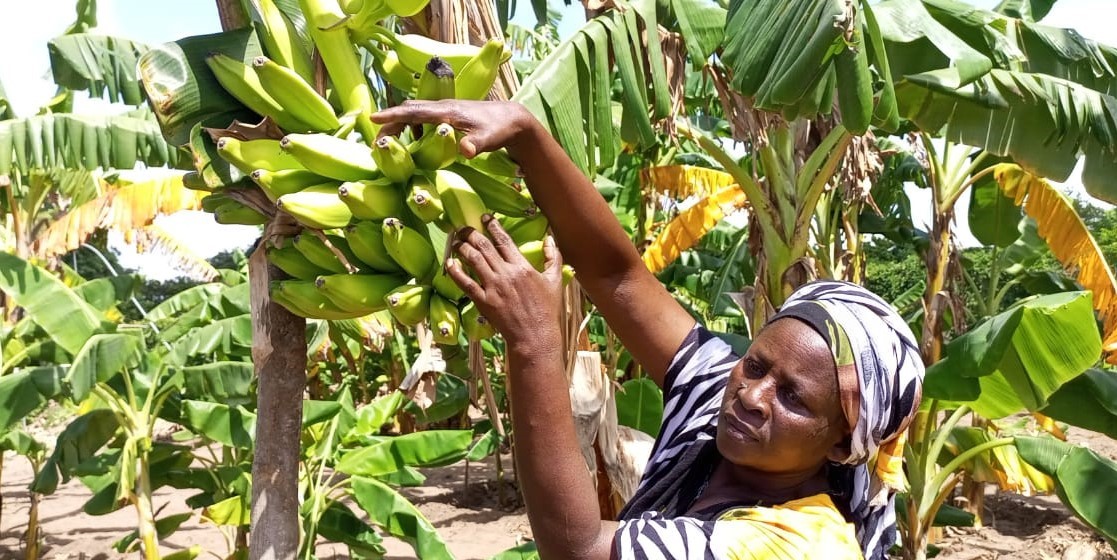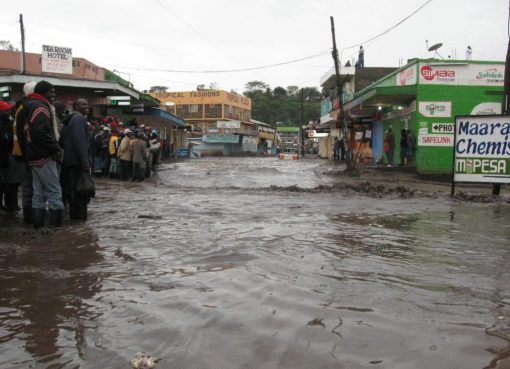Banana is one of the crops critical to food security in the East African Community (EAC) region with Uganda and Tanzania being the leading producers.
As a priority crop and a source of food and income for many houses, the production of the crop is constrained by the challenge of pests and diseases and this has seen its production in the region suffer significant setbacks due to emergence of new threats,
Over 50 million people in East Africa depend on highland bananas for their food and/or income and annually the crop’s production is worth around Sh554.7 billion.
However, pests and diseases, nutrient deficiencies and drought stress continue to affect average productivity of bananas.
Kenyan banana farmers are among over 70 million growers in the East African region to record high earnings in the banana industry, thanks to an approach being fast tracked by value chain players to tame emerging pests and diseases.
Over the next five days, experts from the eight East African countries of Kenya, Burundi, Uganda, Tanzania, Democratic Republic of Congo, Rwanda, Somalia and South Sudan, have converged in Nairobi to share their knowledge, experiences and best practices in managing banana pests and diseases.
Under the umbrella of the Association for Strengthening Agricultural Research in Eastern and Central Africa (ASARECA), the workshop will not be only about building capacity of stakeholders in preparedness and response to new and emerging pest threats of banana in the EAC, but also look at Country specific Actions plans for management with a field experience to learn from the Kenya Plant Health Inspectorate Services (KEPHIS).
Speaking when opening the meeting, the Executive Director at ASARECA, Dr. Sylvester Dickson Baguma said that despite the crop playing a vital role in the region’s food security, economic stability, and social well-being, the emergence of new pest threats, such as the Banana Bunchy Top Virus pose a significant risk to the region’s banana industry.
Baguma noted that the threat of emerging pests is not limited to individual countries or farms, but rather requires a collective and coordinated response at the regional level.
“This workshop is a critical step towards building the capacity of the East African Community to prepare for and respond to these emerging threats,” he noted.
The East African Community, he added, has a unique opportunity to leverage its collective strengths and expertise to develop a comprehensive and coordinated approach to managing emerging pest threats.
He explained that comparing the various knowledge, technologies and expertise from various countries, so that the various pests are managed including looking at reviewing some policies that are prohibitive and others that are not enabling will be a game changer.
On his part, the Assistant Director, Crop Health Research at the Kenya Agricultural Livestock and Research Organization (KALRO) Dr. Zachary Kinyua said prevention of introduction and rapid action against a pest once detected is essential in protecting the livelihoods of vulnerable farmers and ensuring food and nutrition security in a country or region.
“Timely action would also help in avoiding excessive use of pest management resources, some of which would be undesirable from an environment protection perspective,”, he said, terming the banana Xanthomonas wilt, banana bunchy top disease, Fusarium wilt (Tropical Race 4), black and yellow sigatoka and banana rust thrip pests that not only reduce yields, but also have long-lasting impacts on food security, livelihoods and the sustainability of banana value chain.
Dr. Kinyua said that overcoming the complex challenge associated with their occurrence and spread is not optional, and that expert’s task in the workshop is to share knowledge, exchange ideas, and collaborate on solutions that will help manage and mitigate the threats posed by banana pests and diseases in the region.
Dr. George Mahuku from the International Institute of Tropical Agriculture (IITA) said the current emerging pests that the region is battling with, is the Banana Bunchy Top Virus (BBTV), which was first reported in 2020 in Kigoma Tanzania and also Uganda.
The pest, he explained, had been there for a long time and now migrating, thus farmers that had been affected by the pest had lost all their produce by 100 percent and were now moving away from production of the banana.
“Most farmers did not have information of what the problem is and seems the disease was probably there for the last five years, and because most of them kept quiet for too long until they started losing all their plants and that’s when they raised the alarm, then the devastation was massive,” he said
Dr. Mahuku explained this was a hard lesson considering that this kind of pest could easily be managed, hence the need for awareness creation among farmers by engaging extension officers and also usage of clean planting materials.

“Managing the disease can become very easy if people have the information and they do not have to move infected plant materials, but control it and therefore we need to look at our borders, so that we deal with this trans-border disease, which does not require a visa to move from one end to the other,” he said.
Banana is one of the world’s traded fruits, with Uganda and Tanzania being the leading producers and exporters in the EAC region, with a combined annual output of 20.4 million tonnes, but only 30 percent is traded.
The average consumption per capita of bananas in the region stands at 191 kilograms annually, while consumption per capita in Uganda stands at between 220kg and 400kg annually.
In terms of production, Uganda is leading in Africa at 6 metric tonnes annually, followed by Angola at 4.35metric tonnes, Tanzania (3.59mt), Rwanda (2.14mt) and Burundi (1.28mt). Uganda is second to India in terms of banana production.
The preparedness and response to new and emerging pest threats of banana in the East African Community workshop is part of the programme that ASARECA is undertaking, under the Comprehensive Africa Agriculture Development Programme ex-pillar IV (CAADP-XP4) a 5-year Project started in 2019, and supported by the European Union.
ASARECA is working in collaboration with the East African Community (EAC), the International Institute of Tropical Agriculture (IITA), the Kenya Plant Health Inspectorate Service (KEPHIS), and the Centre for Agriculture and Bioscience International (CABI).
By Wangari Ndirangu



